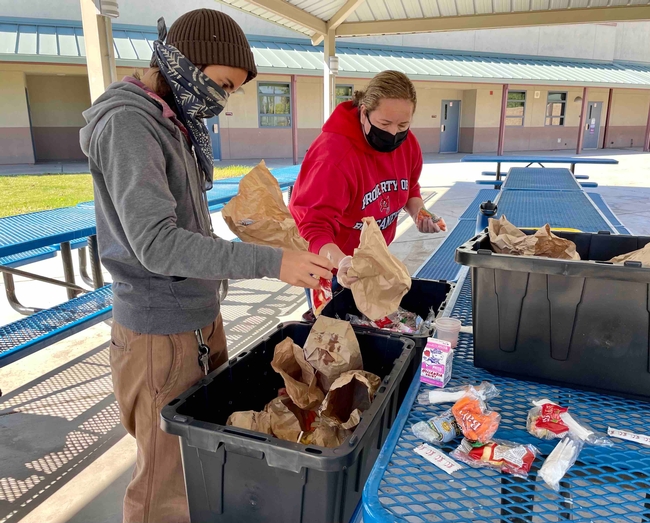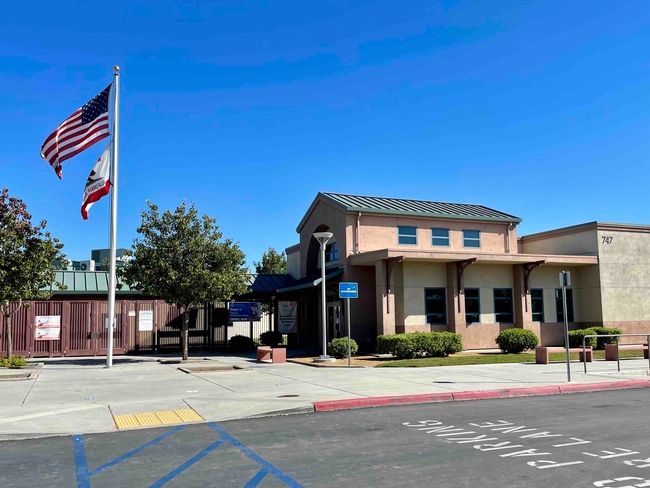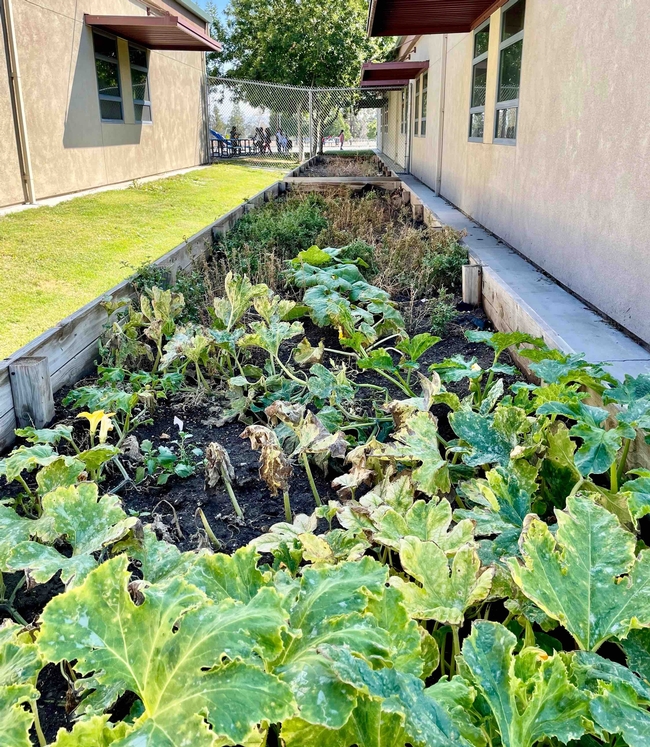When I lived in Minnesota, fall was my least favorite time of year. It wasn't that I didn't appreciate the changing colors of the leaves or the crisp fall air. I just dreaded the coming winter with its barrage of snowstorms and minus 30 degree wind chills. By the time December arrived, the sun set at 4:30 pm, and I felt like I was living in constant twilight.
Since I moved to southern California, I actually look forward to fall and the changes the season brings to the inland valleys–strong Santa Ana winds, refreshing rains, cooler days and even cooler nights, and leaves gradually turning subtle shades of brown, gold, and orange. Fall actually feels like a relief from the long, hot, dry summer. It's time to plant lettuce, spinach, peas, radishes, carrots, broccoli, and cauliflower once again, and worry less about watering and maintenance.
One thing I've been thinking about a lot lately is composting. When I was a FoodCorps service member at Phelan Elementary, my students used to call me “Ms. Debbie the Garden Lady”. Now I'm becoming known as “Ms. Debbie the Compost Lady”! Not everyone is as excited as I am about composting, but I can't think of a better way to build community while building soil. In October, I gave an online presentation for the San Bernardino Master Gardeners titled “Composting for School and Community Gardens”. If you missed it, you can watch the video on the UCCE San Bernardino YouTube channel. The presentation covers the basics of composting and development of the Root 66 Community Garden composting systems.
The main difference between backyard composting and school and community composting is scale. More compost means a bigger composting system and more people to manage it. As stated in the Institute for Local Self-Reliance report, Community Composting Done Right, “the distinguishing feature of community composting is retaining organic materials as a community asset and scaling systems to meet the needs of a self-defined community while engaging, empowering, and educating the community.”
Although larger scale composting requires additional planning and organization, it can be a tremendously rewarding project for everyone involved. The main steps to begin composting include setting goals, identifying a team, developing a management plan, selecting and designing a site, and choosing a system. Once composting is underway, the focus shifts to collecting and managing the materials and managing the process and site. Connecting with experienced composters to share best practices will increase your chances of success. There's a wealth of composting expertise in the Inland Empire!
You may be wondering if it's a good idea to start composting in the fall or winter, and the answer is yes. Any time is a good time. As temperatures dip, simply insulate your compost pile with browns such as mulch or leaves to keep the interior warm. You can also cover the pile with a tarp and turn it less often (if at all). The decomposition process may slow down but will continue throughout the winter.
A new composting project I want to highlight is the Green Ambassadors program at Captain Leland F. Norton Elementary School in San Bernardino. The principal, Elizabeth Cochrane-Benoit, and I met during Master Gardener training and worked together to build the composting system at the Root 66 Garden this past year. Norton Elementary has been recognized as a 2021 California Green Ribbon School at the Silver level and is aiming to reach the Green Achievers level. The Green Ribbon Schools Awards Program honors achievement in reducing environmental impact, improving health and wellness, and providing effective environmental education.

Sixth grade students in the Green Ambassadors program are learning how to audit their cafeteria waste and sort it into recycling, compost, and trash bins. Once they've mastered the process, they'll teach it to the rest of the school. The Community Composting for Green Spaces program (funded by CalRecycle) will help transfer the food waste in the compost bins to local gardens for composting. At a recent lunchtime audit, the fourth and sixth grade classes filled a 17-gallon container with uneaten food. I can't wait to see how much waste Norton Elementary teachers and students divert from landfills in the coming months!
What gardening and environmental projects do you have planned this fall and winter? Do you need support? If so, contact me at dschnur@ucanr. Happy composting!

